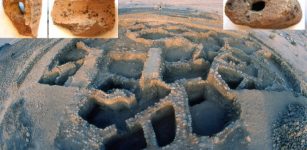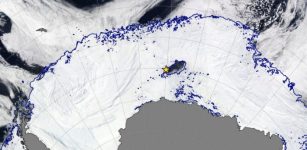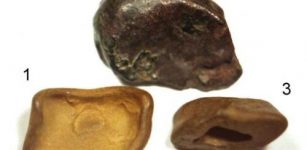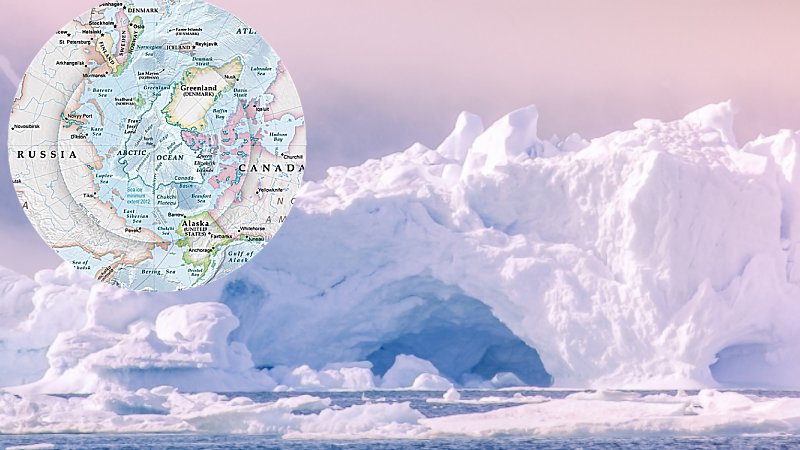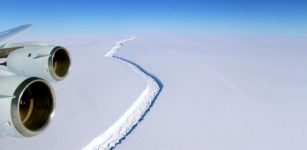Huge 800,000-Year-Old Crater Buried Beneath Lava In Laos – May Have Been Found
Eddie Gonzales Jr. – MessageToEagle.com – Scientists have long suspected that a giant meteorite struck Earth nearly 800,000 years ago, but the impact site has been a mystery until now.
Researchers say they have found evidence the impact crater may be located beneath lava in a 910 cubic kilometer (218 cu mi) area of the Bolaven plateau volcanic field in the southeast Asian nation of Laos.

In their paper published in Proceedings of the National Academy of Sciences, scientists present the Bolaven volcanic field as the likely site of the meteorite strike.
Being 2 kilometers (1.2 miles) wide, the meteorite was one of the largest that ever struck our planet and the impact was so great that debris was flung across Asia, Australia, and Antarctica.
See also:
NASA Finds Second Massive Impact Crater In Northwest Greenland
Massive Crater Discovered After Iron Meteorite Smashed Into Northern Greenland
Hundreds Of Giant Methane Craters Discovered On The Arctic Sea Floor
A large number of 750,000 to 35.5 million years old tektites, small black glassy objects have been discovered in Antarctica, Australia, and Southeast Asia.
This was the clue that scientists believed could shed more light on the location of the impact site.
“There have been many, many attempts to find the impact site and many suggestions, ranging from northern Cambodia, to central Laos, and even southern China, and from eastern Thailand to offshore Vietnam,” Professor Kerry Sieh, principal investigator with the Earth Observatory of Singapore and one of the paper’s authors, told CNN.
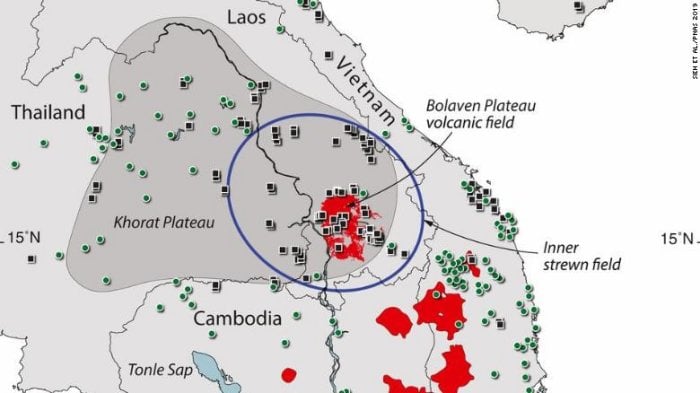
Location of the possible impact site. Credit: CNN
“But our study is the first to put together so many lines of evidence, ranging from the chemical nature of the tektites to their physical characteristics, and from gravity measurements to measurements of the age of lavas that could bury the crater.”
Based on the scientists’ calculations, the hidden impact crater that produced the vast Australasian field of strewn tektites is about 13 kilometers (8 miles) wide and 17 kilometers (11 miles) long.
More research must be carried out before this theory can be confirmed, but all evidence points to Bolaven plateau volcanic field.
Professor Sieh explained scientists must “drill down a few hundred meters to see if the rocks below the lavas are indeed the rocks you’d expect at an impact site.”
Written by Eddie Gonzales Jr. – MessageToEagle.com Staff

